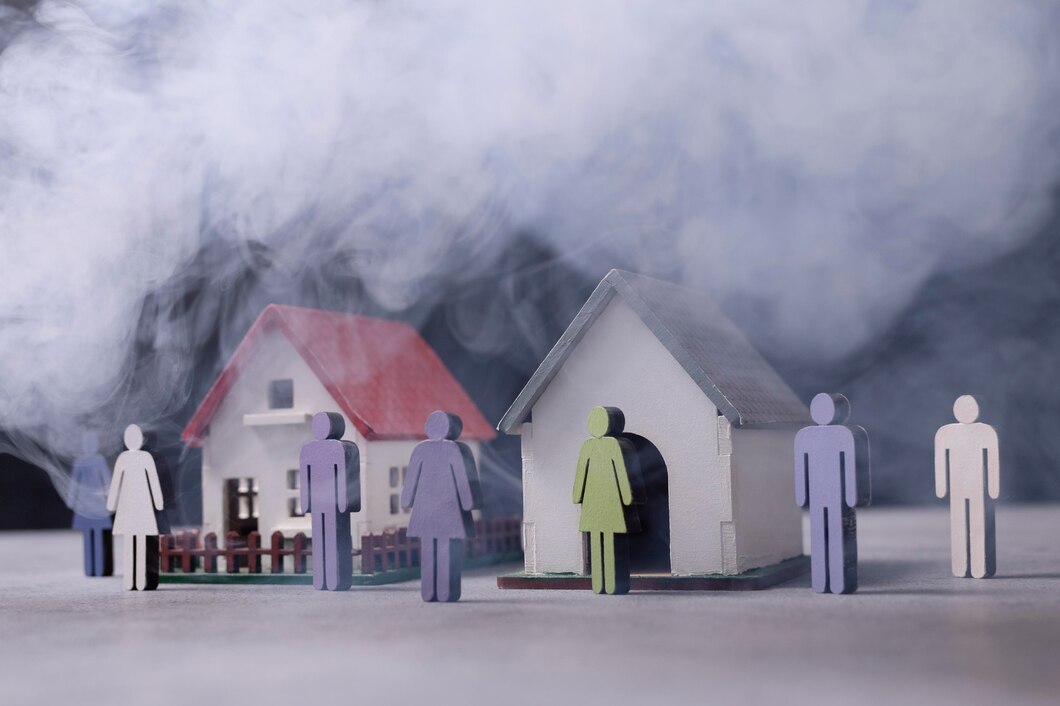Understanding Carbon Monoxide
Carbon monoxide (CO) is a colorless, odorless gas that can cause sudden illness and death if inhaled in high amounts. Created by the incomplete combustion of fuels, such as gas, wood, and coal, this dangerous gas can accumulate in enclosed spaces, presenting an invisible threat to your health and safety.
Sources of Carbon Monoxide in Homes
Common sources of carbon monoxide in homes include gas stoves, fireplaces, furnaces, water heaters, and vehicles running in attached garages. Proper maintenance and ventilation of these appliances are crucial in preventing CO buildup.
Symptoms of Carbon Monoxide Poisoning
Carbon monoxide poisoning symptoms include headaches, dizziness, nausea, shortness of breath, and confusion. Severe exposure can lead to loss of consciousness and death. The symptoms are often mistaken for other illnesses, making it essential to recognize them quickly for timely intervention.
Prevention Methods
Install Carbon Monoxide Detectors
Integrate carbon monoxide detectors into your home security system. Place them in key areas such as bedrooms, living rooms, and near fuel-burning appliances. Regularly test and replace the batteries of these devices to ensure they are functioning correctly.
Maintain Appliances
Ensure all fuel-burning appliances are serviced and maintained by qualified professionals. Regular inspections and prompt repairs will minimize the risk of CO buildup.
Adequate Ventilation
Proper ventilation is pivotal. Make sure that chimneys, flues, and vents are not blocked. This allows for the safe exit of CO from your home.
Safe Practices
Never use portable gas stoves or generators inside the home. Avoid running vehicles in the garage, even with the door open, as fumes can quickly infiltrate the living spaces.
Emergency Response
If a carbon monoxide detector alarms or symptoms of poisoning appear, immediately move to fresh air. Call emergency services and do not re-enter the location until it has been deemed safe by professionals.
Incorporating Safe Solutions
Stay informed and vigilant about the risks of carbon monoxide. Regular community awareness programs and adherence to safety regulations can significantly reduce the advent of CO-related incidents in homes.
By making these preventive measures a part of your routine, you ensure a safe and sound environment for you and your loved ones.
Related Articles:




